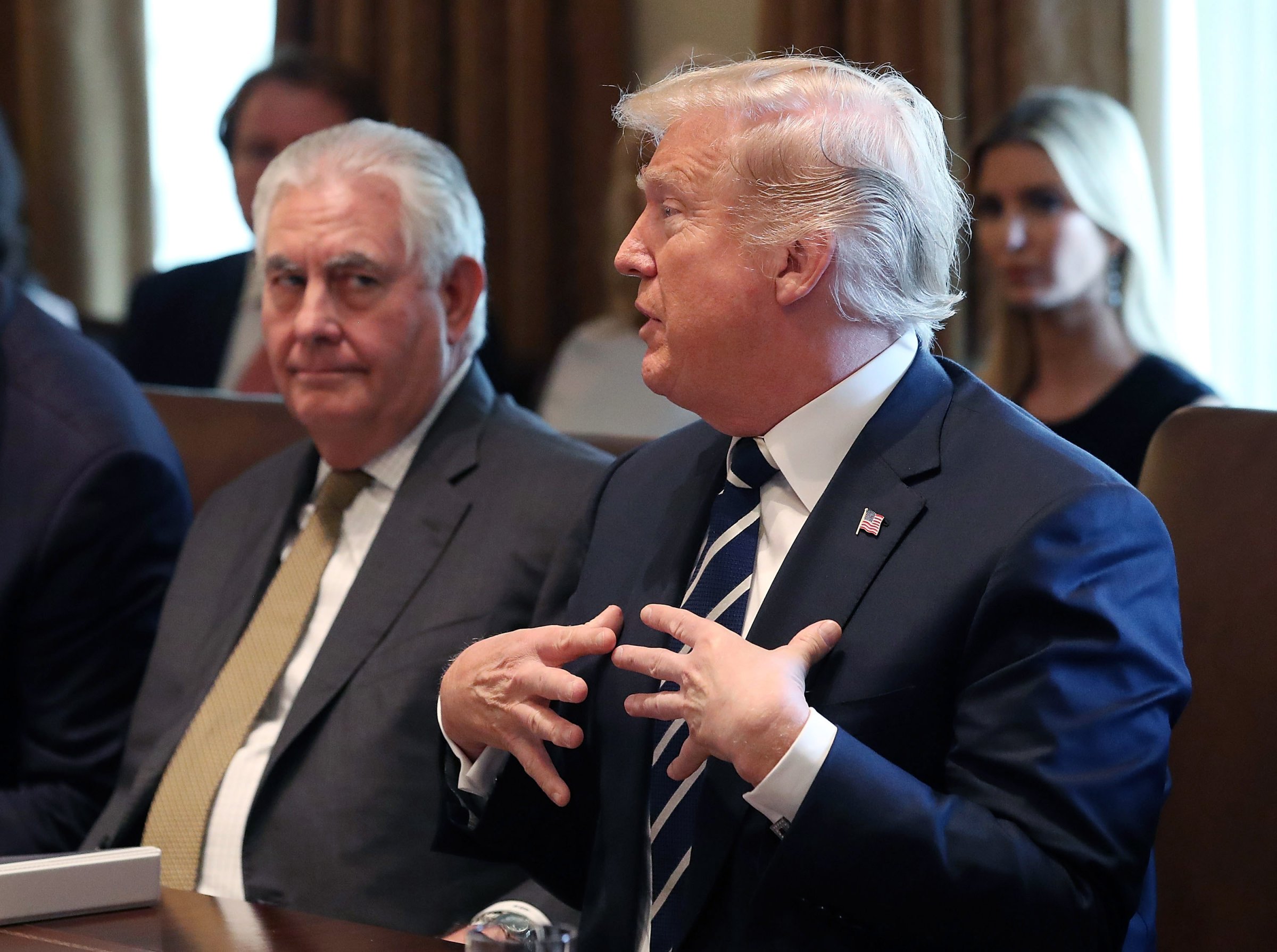
They’re among the most sympathetic groups of immigrants: Those who came to the U.S. fleeing natural disaster and instability and those who were brought here as children.
But the Trump Administration’s treatment of both shows just how hard a line the President is taking on immigration.
On Monday, the Department of Homeland Security ended temporary protected status for some 2,500 Nicaraguan citizens who fled Hurricane Mitch in 1998. The agency has sent signals that it could end protection for 190,000 El Salvadorans, 57,000 Hondurans and 50,000 Haitians living in the United States soon as well.
Those four countries account for most of the nearly 300,000 immigrants living in the U.S. under the temporary protected status program. And there are signs the White House doesn’t think the program is ending quickly enough.
The Washington Post now reports that White House Chief of Staff John Kelly and White House homeland security adviser Tom Bossert pressured Acting DHS Secretary Elaine Duke to expel Hondurans now, rather than granting them a six-month extension to gather more facts. According to the Post, Kelly even called from Japan, where he is traveling with President Trump.
The situation with temporary protected status mirrors that of the so-called Dreamers, the name for undocumented immigrants brought to the U.S. when they were young. Roughly 800,000 of them have been able to avoid deportation under an Obama-era program called Deferred Action for Childhood Arrivals, which the Trump Administration is winding down.
Neither group of immigrants has a path to citizenship. Both temporary protected status and DACA just help them avoid deportation.
But Trump ran for office promising to crack down on illegal immigration and build a border wall with Mexico. As president he’s loosened the rules on who immigration agents can seek to deport, pushed for long-shot legislation to cut legal immigration in half and railed against things like “chain migration.”
The Trump Administration’s moves on temporary protected status and DACA are of a piece with those arguments, even if the immigrants affected by those decisions are more sympathetic. (One recent poll showed 86% of Americans support allowing Dreamers to stay in the country; there are no recent polls on recipients of temporary protected status.)
So far, President Trump hasn’t been able to persuade Congress to fund a border wall or restrict legal immigration. Both temporary protected status and DACA are entirely at the discretion of the executive branch, as are enforcement priorities for border agents.
If Trump wants to show he’s following through on what was essentially a campaign promise to reduce the number of immigrants in the U.S., those may be the ways he’s going to do it.
More Must-Reads from TIME
- Why Trump’s Message Worked on Latino Men
- What Trump’s Win Could Mean for Housing
- The 100 Must-Read Books of 2024
- Sleep Doctors Share the 1 Tip That’s Changed Their Lives
- Column: Let’s Bring Back Romance
- What It’s Like to Have Long COVID As a Kid
- FX’s Say Nothing Is the Must-Watch Political Thriller of 2024
- Merle Bombardieri Is Helping People Make the Baby Decision
Contact us at letters@time.com